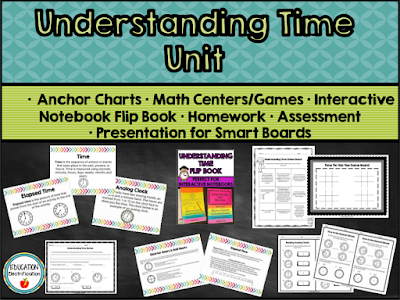I’m going to be completely honest here, I used to HATE teaching elapsed time to my students. Elapsed time can be a difficult concept for students to master. Especially when it involves word problems. I always felt like I spent so much time focusing on having my students master the concept of elapsed time. When I first started teaching, I didn’t ha…
I’m going to be completely honest here, I used to HATE teaching elapsed time to my students. Elapsed time can be a difficult concept for students to master. Especially when it involves word problems.…











